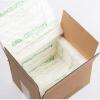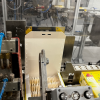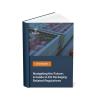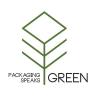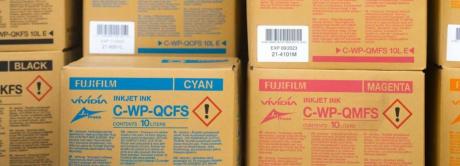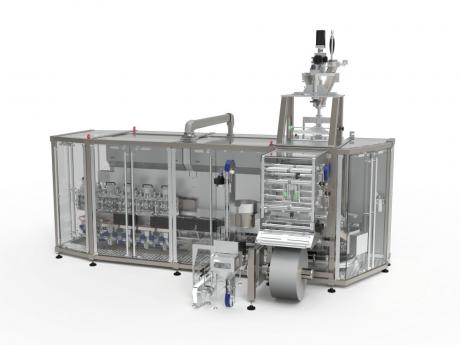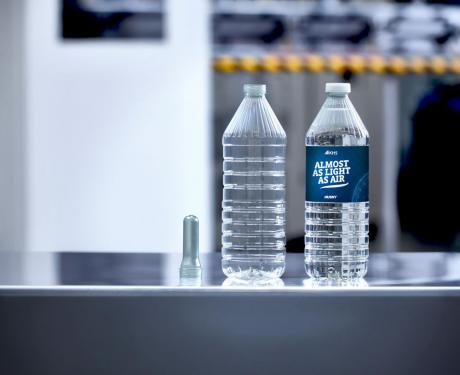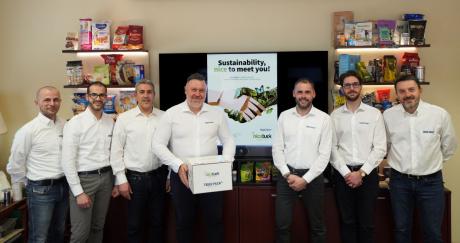In 2008, Stadler, German company specialized in planning, production and assembly of sorting systems and components for the waste disposal and recycling industry, started a collaboration with the UK company J&B Recycling, when it designed and built its dry mixed recyclables plant in Hartlepool, United Kingdom. It has remained at their side ever since, supporting the company in a continuous improvement process of the plant.
Benjamin Eule, Director at Stadler, stated:
The composition and density of dry recyclable waste is in constant evolution. For example, over the years, the amount of cardboard has significantly increased. Sorting plants are receiving bigger volumes of packaging generated by the growth of online shopping and deliveries. Another change that is having an impact is the switch to different printing techniques in magazines, which makes it more difficult to separate the ink from the fiber. Plastic packaging is also changing, with multi-layers, and bottles with different types of sleeves resulting in detection becoming more challenging. Metals have also evolved since we first designed the plant in 2008, with a shift from aluminum to ferrous metal in drinks packaging, and the increasing volumes of coffee capsules which contain aluminum.
For this reason, sorting plants need to be able to process multiple materials flexibly while delivering the consistently high purity rates demanded by the recycling industry. The plants’ design also needs the flexibility of accommodating subsequent upgrades and modifications to meet the changing requirements.
In designing the sorting plant, Stadler adopted its trademark tailored approach and drew on its in-depth knowledge of how the varying composition of waste material affects the sorting process.
Benjamin Eule said:
The J&B Recycling plant was originally designed to process 12 t/hour, with Stadler trommel screens, conveyors and ballistic separator taking care of the mechanical pre-sorting, preparing the material flow for effective downstream processing. Conveyors make sure that the material is sent efficiently to the next sorting process and bunker storage conveyors hold the product before being baled.
Removing paper and aluminum
In 2017, J&B Recycling and Stadler worked together on a concept to remove paper and aluminium. To remove the paper, Stadler’s team added to the process a Tomra Autosort optical sorter on the flat fraction line to recover a high percentage of paper with fewer contaminants and a pass through a Quality Control Cabin to ensure high purity. To remove aluminium, an Eddy Current Separator was installed to recover the non-ferrous material from the 2D flat fraction line.
Since then, 6 further upgrades have been carried out to optimize the plant and meet the evolving market demands. The latest upgrade aimed to achieve even higher purity of the paper and increase capacity, which has now been raised to 15t/hour.


